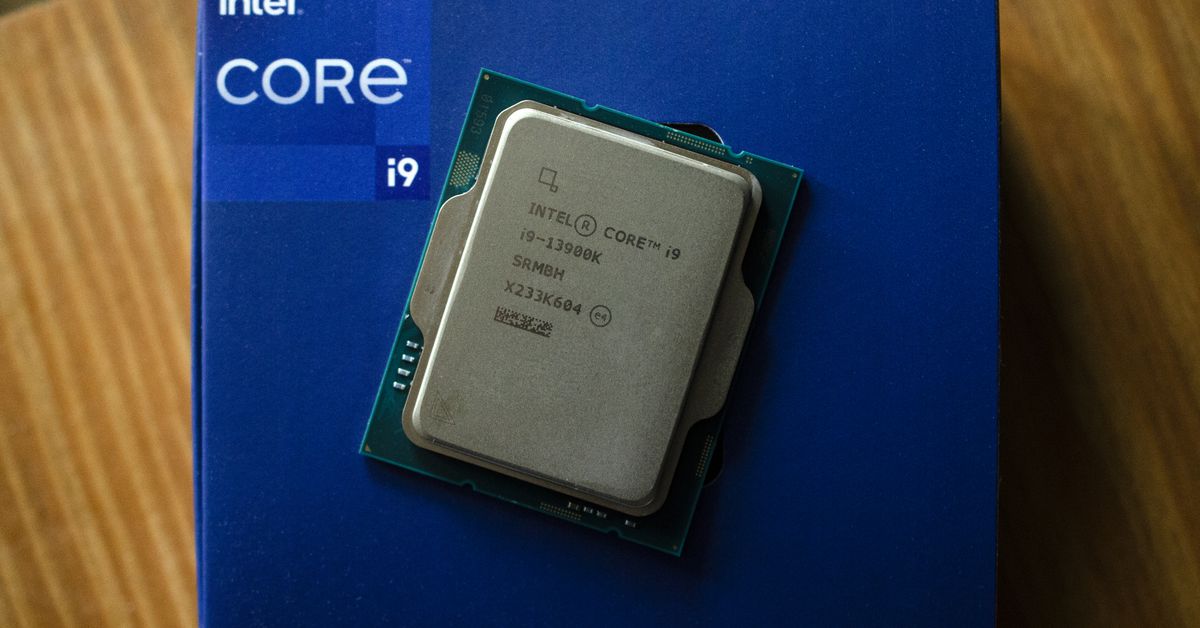Intel and motherboard makers disagree on how to stabilize your crashing i9 CPU
Source: The Verge added 09th May 2024Recently, motherboard makers have issued BIOS updates to improve the stability of Intel 13th and 14th Gen i9 chips in crashing games. But Intel, which announced last month that it was investigating these issues, is now asking gamers not to implement those settings.
The companies now seem to be at odds on how to adjust your CPU. Motherboard makers like Asus are recommending an “Intel Baseline Profile” with “basic functionality” and “lower power limits,” while Intel says you should go with a higher power profile depending on your motherboard and chip.
Here’s Intel’s full statement, from Anandtech:
Several motherboard manufacturers have released BIOS profiles labeled ‘Intel Baseline Profile’. However, these BIOS profiles are not the same as the ‘Intel Default Settings’ recommendations that Intel has recently shared with its partners regarding the instability issues reported on 13th and 14th gen K SKU processors.
These ‘Intel Baseline Profile’ BIOS settings appear to be based on power delivery guidance previously provided by Intel to manufacturers describing the various power delivery options for 13th and 14th Generation K SKU processors based on motherboard capabilities.
Intel is not recommending motherboard manufacturers to use ‘baseline’ power delivery settings on boards capable of higher values.
Intel’s recommended ‘Intel Default Settings’ are a combination of thermal and power delivery features along with a selection of possible power delivery profiles based on motherboard capabilities.
Intel recommends customers to implement the highest power delivery profile compatible with each individual motherboard design as noted in the table below:
Image: Intel via Anandtech
Motherboard makers aren’t explicitly saying their updates fix the problems with Intel’s chips, but turning on the baseline profile setting seemed to accomplish what users were already doing on their own: downclocking them. While that may introduce more stability, it also costs some performance.
media: 'The Verge'
Related posts
Notice: Undefined variable: all_related in /var/www/vhosts/rondea.com/httpdocs/wp-content/themes/rondea-2-0/single-article.php on line 88
Notice: Undefined variable: all_related in /var/www/vhosts/rondea.com/httpdocs/wp-content/themes/rondea-2-0/single-article.php on line 88
Related Products
Notice: Undefined variable: all_related in /var/www/vhosts/rondea.com/httpdocs/wp-content/themes/rondea-2-0/single-article.php on line 91
Warning: Invalid argument supplied for foreach() in /var/www/vhosts/rondea.com/httpdocs/wp-content/themes/rondea-2-0/single-article.php on line 91
